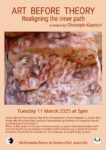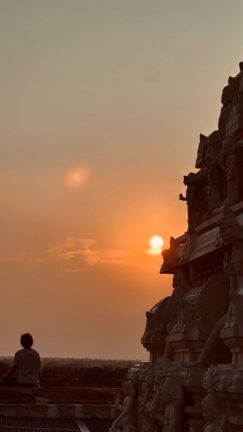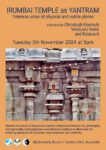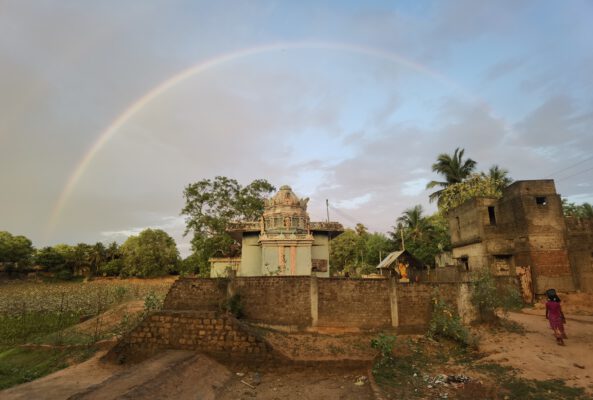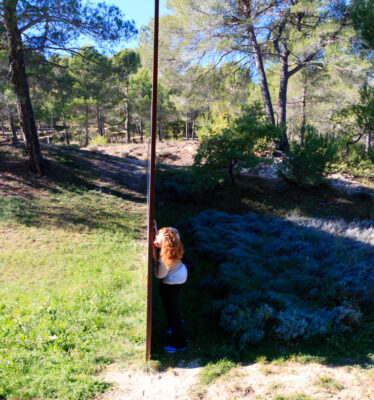When I began reading the Upanishads, I realized that the inner path I had embarked upon was leading me into an extraordinarily beautiful inner landscape. Discovering that this inner landscape is connected to cosmic consciousness made me aware of the important work I must undertake—what people often call “inner work.”
As I committed myself to this inner work, I focused on how I was feeling, who I am, and what I must face. What are my shadows? My insecurities? My fears? What patterns govern me? What are my desires and my purpose?
I saw that the world I had been participating in—one defined by professionalism, social recognition, and fulfilling others’ expectations—was a fabric woven by societal norms. Once I began stepping out of that fabric and into a cosmic, timeless awareness—into a being aligned with nature, the cosmos, ancient stones, and forces that predate writing and culture—I truly contemplated the power of consciousness: how it connects, how it acts, and how it forms the very foundation of our shared reality.
In that moment of realization, I perceived that my soul, which inhabits this body in this life, is here to learn, to unfold, to explore, to embrace. Perhaps through many reincarnations, perhaps in forms I cannot yet imagine, my soul journeys toward greater self‑realization. As I embraced my soul—Ātman—connected to Brahman, I began to perceive the tattvas, the elemental principles; the inner and outer senses; modes of action; and the layers of consciousness entwined with divine energies and the currents of time.
In meditation and in Oṃ chanting, I turn my thoughts to death and the fear it inspires—how to overcome such fear—and to knowledge versus ignorance. I place the mind into its proper place: far smaller and humbler than it craves to be. What opens up then is a vast landscape of the heart: the bliss of the body, the life in matter, pure consciousness, and existence itself. Through this, the mind—or consciousness—flows across different levels of being.
At times, this can be frightening, for it is all unknown. Spiritual awakening must orient itself within this vast playground; it is shy, it reexamines its patterns, it questions everything, and it learns to embrace and enjoy all aspects of experience. Insecurity, fear, desire to connect, to play, to fall in love—all these impulses require space and time to unfold.
As a result, I find myself less active in the worldly sense—less working, less producing—and instead spending far more time simply being. Perhaps that is why, even as a child, I felt drawn to monastic life: I sensed that this inner work had to be done.
Now, my life must become more integrated and aware—more aware of my body, of small duties, of performing every action from the heart, with intention, meditation, and full presence. This is daunting, for it demands that only the moment and presence matter—and that all the illusions the mind conjures—ego‑feeding images and projections—fall away.
Yet, once the outer pressures of the world and the pursuit of stability are relinquished, residing in the present becomes profoundly rewarding. Perhaps this is the path of the sādhaka, the spiritual practitioner: we stop caring about external validations, and instead cultivate trust, surrender, and diligent work in the inner realm.


